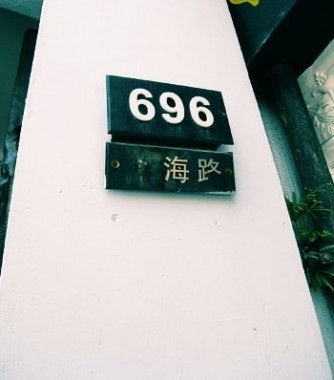City's 30 Years Of Urbanization And Art Deco Remnants Continue to Enthrall Artists, Designers, Architects#

The New York Times writes today on Shanghai's creative boom, which has enticed numerous artists, architects, designers and businesspeople from China and around the world to set up shop in "the Paris of the East." Recently, Jing Daily profiled the "Shanghai!" exhibition, currently open to the public in San Francisco, which gives visitors a glimpse at the city's transformation(s) over the years, from a fishing and textile hub to one of the world's busiest ports, to a decadent Jazz Age playground, to a truly global 21st century city.
It is this ability to consistently rediscover and redefine itself that makes Shanghai such an appealing destination for creatives, according to the New York Times article:
[In 2004,] Yi Zhou, a young video artist — born in Shanghai, raised and educated in Rome, London and Paris — had returned after 17 years, to show her work in the 2004 Shanghai Biennale. Now preparing to show at the Shanghai World Expo, starting May 1, she has a different take on the city.
“I hadn’t returned for a long time and I was shocked at what I saw,” Ms. Zhou said in an interview. “The urbanization was hectic. The pollution, the traffic — worse than Los Angeles.”
In the 1980s, when she left, the old Shanghai was already giving way to Soviet-style housing blocks, “very square, typical communist architecture.”
Then, as China opened up, “people had a chance to study abroad, in the United States, and they brought back what they learned of Western architecture. So a new change was born — the first wave of skyscrapers built in American style.”
Looking at Shanghai now, “I think it still has to find its own identity,” she said.
That identity will be a fusion of East and West, she said, as her generation, born after the traumas of the Maoist Cultural Revolution and exposed to global influences, shapes the nation’s future.
The article goes on to list some of the individuals who inspire Shanghai creatives -- especially younger artists and entrepreneurs -- the most, such as Pearl Lam and David Tang (proprietor of Shanghai Tang, which Jing Daily has mentioned on numerous occasions), and includes advice for anyone who wants to tap into the city's buzzing creative energy:
And where to go to feel the new identity emerging?
“The 696 artists’ studios,” Ms. Danysz said.
Once an opium depot, 696 Weihai Road has been converted into studios for more than 40 local and international artists, together with a growing number of galleries.
“This is the underground creative heart of the city,” Ms. Danysz said. “You just have to get lost in the labyrinth.”